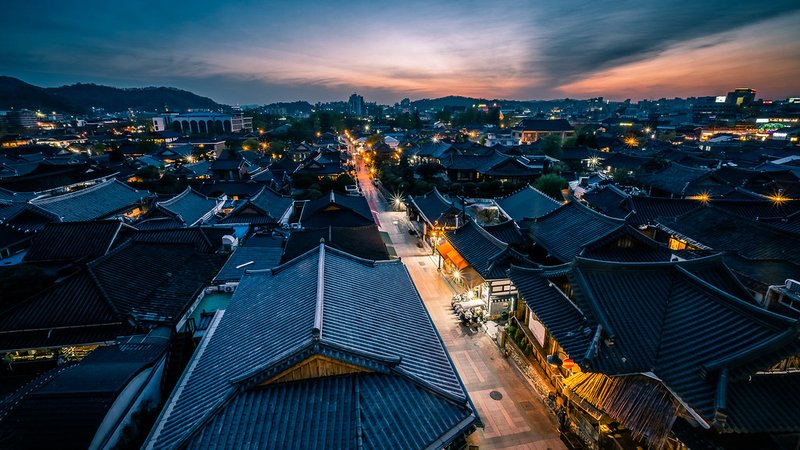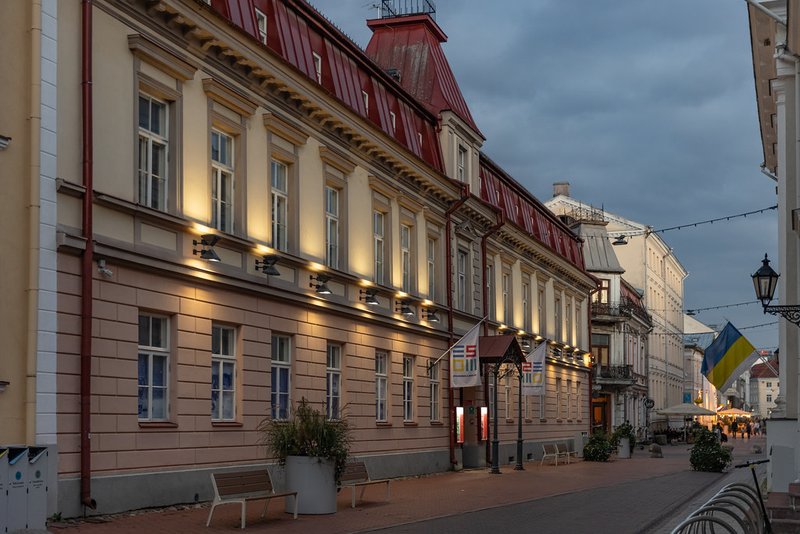Imagine this: you're sipping locally roasted coffee in a sunlit café, your laptop humming along at 100 Mbps download speeds, while the only other patrons chat in the local language about weekend farmer's market plans. No Instagram influencers posing with açai bowls. No co-working spaces charging $30 a day. Just you, blazing-fast internet, and the kind of authentic local life that makes you feel like you've discovered a secret.
After years of chasing waves and Wi-Fi signals across six continents, I've unearthed some towns that have upgraded their digital infrastructure without attracting the usual nomad stampede. These hidden gems offer the connectivity you need with the cultural immersion you crave — and your budget will thank you for it.
Why These Towns Stayed Off the Radar

The magic isn't complicated: government fiber initiatives met practical local needs, not tourism marketing campaigns. Many of these towns invested in high-speed internet to support local businesses, attract young families, or connect rural communities — not to lure laptop-wielding nomads.
Take Estonia's smaller cities, where nationwide fiber rollouts reached places like Pärnu and Viljandi years before they appeared on any 'best of' lists. Or consider South Korea's lesser-known university towns, where academic infrastructure created world-class connectivity without the Seoul price tags.
The result? Towns where 100+ Mbps speeds are standard, monthly living costs hover around $800-1200, and you're more likely to be invited to a neighbor's birthday party than asked to pose for someone's travel blog.
These destinations share common traits: strong local economies that don't depend on tourism, younger populations who demanded better internet, and geographic locations just far enough from major cities to avoid the overflow crowds.
Eastern Europe's Fiber Goldmines
Estonia's Tartu feels like a fairy tale with fiber optic cables. This university town delivers consistent 200+ Mbps speeds for around €20 monthly, while your biggest housing expense might be €400 for a charming Old Town apartment. The medieval cobblestones hide some of Europe's most advanced digital infrastructure.
I spent three months there last winter, working from cafés where the baristas knew my order and the Wi-Fi never dropped during video calls. The University of Tartu creates a vibrant local tech scene that's refreshingly unpretentious — think brilliant developers who'd rather discuss Estonian craft beer than cryptocurrency.
Further south, Romania's Cluj-Napoca offers similar connectivity with even lower costs. Gigabit speeds are common, monthly expenses rarely exceed $900, and the city's vibrant tech scene provides plenty of after-work inspiration. The bonus? Direct flights to major European cities when you need a change of scenery.
Poland's Wrocław rounds out this trio with its perfect blend of historical charm and modern infrastructure. The city's extensive tram network means you can work from different neighborhoods daily, each offering reliable internet and authentic Polish café culture.
Asia's Unexpected Connectivity Champions

While everyone flocks to Bali and Bangkok, South Korea's Jeonju quietly offers some of Asia's fastest internet with none of the nomad circus. This UNESCO City of Gastronomy serves up 500+ Mbps speeds alongside the world's best bibimbap, all for monthly living costs around $1000.
The traditional hanok architecture creates Instagram-worthy backdrops, but you'll be too busy enjoying authentic Korean culture to worry about social media. Local PC bangs (internet cafés) offer backup workspace options with gaming-grade connections, though most cafés provide perfectly adequate speeds for professional work.
Japan's Kanazawa presents another compelling option. This former samurai stronghold invested heavily in fiber infrastructure while maintaining its traditional character. Monthly internet costs average just ¥3000 ($20) for speeds that put most Western cities to shame.
The city's compact size means everything is walkable or bikeable, from the stunning Kenroku-en Garden to modern co-working spaces tucked between centuries-old buildings. English signage is limited, but that's part of the charm — and the reason it stays off most nomad itineraries.
Latin America's Hidden Fiber Networks

Mexico's Mérida surprised me with its combination of colonial beauty and cutting-edge connectivity. The Yucatan's capital invested in smart city infrastructure that includes widespread fiber access, delivering 100+ Mbps speeds for around $25 monthly.
Unlike touristy Playa del Carmen or Tulum, Mérida maintains its authentic Mexican character. You'll work alongside local entrepreneurs in cafés serving traditional Yucatecan specialties, not overpriced smoothie bowls. Monthly living costs stay comfortably under $800, including a colonial-era apartment with high ceilings and reliable internet.
Colombia's Medellín gets nomad attention, but nearby Manizales offers similar infrastructure with a fraction of the crowds. This coffee region city provides fiber speeds up to 300 Mbps while maintaining its focus on local coffee culture and university life rather than digital tourism.
The mountain setting offers year-round spring weather, while the strong local economy means you're experiencing authentic Colombian life, not a nomad bubble. Plus, some of the world's best coffee literally grows on the surrounding hillsides.
Making the Most of Your Hidden Haven

Success in these off-radar destinations requires a different approach than typical nomad hotspots. Learn basic local phrases — even simple greetings open doors and create genuine connections. Most locals appreciate the effort, especially when you're not just another tourist passing through.
Invest in a quality VPN and backup internet solution. While these towns offer excellent primary connections, having mobile hotspot backup ensures you never miss important calls. Local SIM cards are usually affordable and provide additional redundancy.
Embrace the slower pace and deeper cultural immersion. Without constant nomad networking events and co-working spaces, you'll naturally integrate more with local communities. This leads to richer experiences and often, unexpected opportunities.
Budget wisely for the transition period. These destinations typically require more upfront research and setup time, but the payoff in authentic experiences and cost savings makes the initial investment worthwhile. Plan for at least a month to truly settle in and establish routines.
Sierra Blake
10+ years travel writing, visited 63 countries
Nomadic travel writer and photographer with a soft spot for remote islands and surf towns. Focused on visual storytelling and practical advice.



